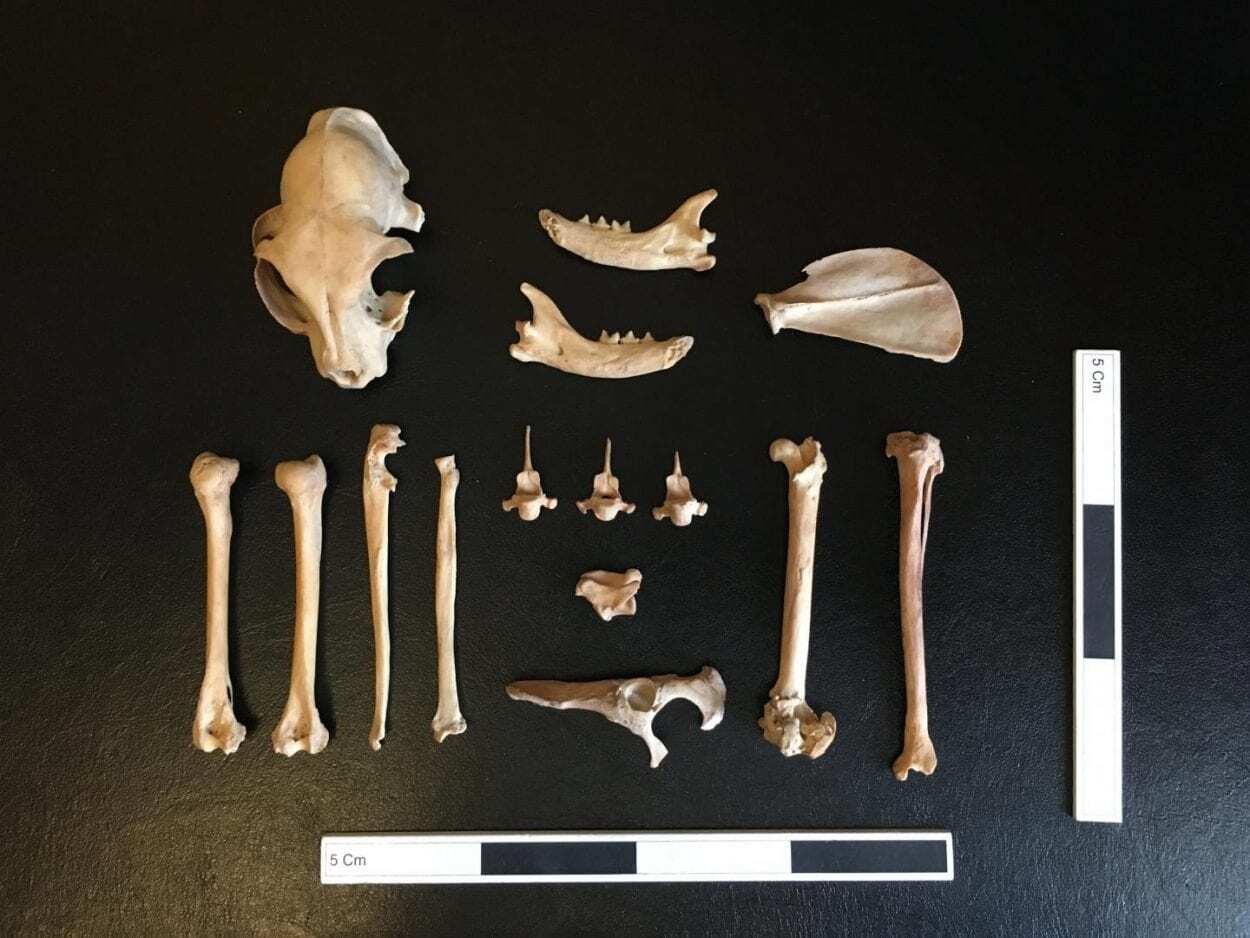A new study by an international team has suggested that the common domestic cat accompanied Kazakh pastoralists as pets more than 1,000 years ago.
The study analysed cat skeletons that were excavated along the former Silk Road in southern Kazakhstan, shedding new insight into the relationships of humans and their feline pets.
Dr Ashleigh Haruda from the Central Natural Science Collections had examined one specimen of a tomcat and said. “The cat suffered several broken bones during its lifetime. And yet, based on a very conservative estimate, the animal had most likely made it past its first year of life. For Dr Haruda and her colleagues, this is a clear indication that people had taken care of this cat.
During a research stay in Kazakhstan, the scientist examined the findings of an excavation in Dzhankent, an early medieval settlement in the south of the country which had been mainly populated by the Oghuz, a pastoralist Turkic tribe. There she discovered a very well-preserved skeleton of a cat. According to Haruda, this is quite rare because normally only individual bones of an animal are found during an excavation, which prevents any systematic conclusions from being drawn about the animal’s life.
The situation is different when it comes to humans since usually whole skeletons are found. “A human skeleton is like a biography of that person. The bones provide a great deal of information about how the person lived and what they experienced,” says Haruda. In this case, however, the researchers got lucky: after its death, the tomcat was apparently buried and therefore the entire skull including its lower jaw, parts of its upper body, legs and four vertebrae had been preserved.
Haruda worked together with an international team of archaeologists and ancient DNA specialists. An examination of the tomcat’s skeleton revealed astonishing details about its life. First, the team took 3D images and X-rays of its bones. “This cat suffered a number of fractures, but survived,” says Haruda. Isotope analyses of bone samples also provided the team with information about the cat’s diet. Compared to the dogs found during the excavation and to other cats from that time period, this tomcat’s diet was very high in protein. “It must have been fed by humans since the animal had lost almost all its teeth towards the end of its life.”
DNA analyses also proved that the animal was indeed likely to be a domestic cat of the Felis catus L. species and not a closely related wild steppe cat. According to Haruda, it is remarkable that cats were already being kept as pets in this region around the 8th century AD: “The Oghuz were people who only kept animals when they were essential to their lives. Dogs, for example, can watch over the herd. They had no obvious use for cats back then,” explains the researcher. The fact that people at the time kept and cared for such “exotic” animals indicates a cultural change, which was thought to have occurred at a much later point in time in Central Asia. The region was thought to have been slow in making changes with respect to agriculture and animal husbandry.
The Dhzankent settlement, where the remains of the cat were found, was located along the Silk Road, an ancient network of important caravan routes that connected Central and East Asia with the Mediterranean region by land. According to Haruda, the find is also an indication of cultural exchange between the regions located along the Silk Road.
MARTIN-LUTHER-UNIVERSITÄT HALLE-WITTENBERG
Header Image Credit : Ashleigh Haruda / MLU







